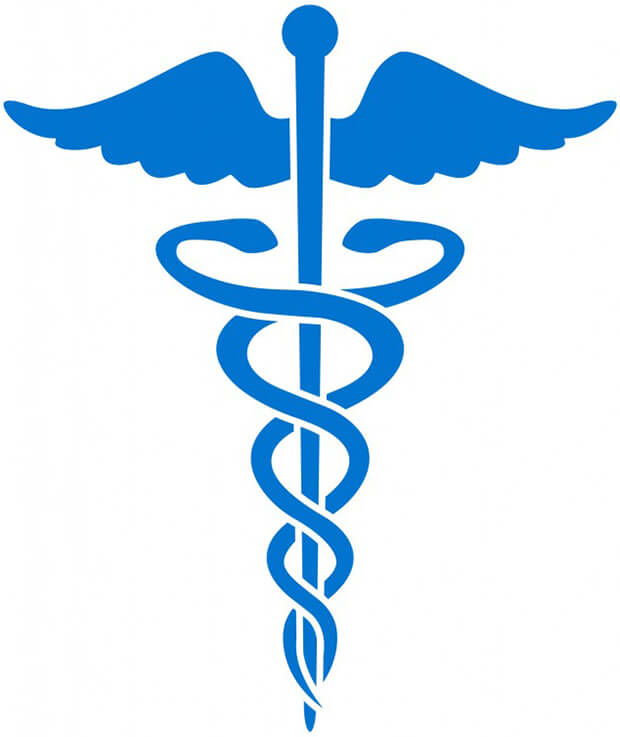
Medicare and Medicaid are both government-sponsored programs designed to help cover healthcare costs. They both have similar names, and people are often confused about how the programs work and what coverage they offer. While both were established by the U.S. government in 1965 and are taxpayer funded, they are actually very different programs with differing eligibility requirements and coverage. Simply put, Medicare assist with long-term care for the elderly, while Medicaid covers healthcare costs for the poor.
In greater detail, we can see read more here about what each program covers and it’s eligibility requirements:
Medicare
Medicare is a federal program attached to Social Security. It is available to all U.S. citizens 65 years of age or older and it also covers people with certain disabilities. It is available regardless of income. The four-part program includes:
- Part A: Hospitalization coverage
- Part B: Medical insurance
- Part C: Privately purchased supplemental insurance that provides additional services and through which all Medicare services offered by Part A and Part B can be accessed
- Part D: Prescription drug coverage
Parts A and B are paid for by payroll taxes and deductions from Social Security income. Parts C and D are paid out-of-pocket by program participants. In 2006, prescription drug coverage (Part D) was added to the program to address the growing concern over skyrocketing drug costs.
Medicaid
Medicaid is a joint federal and state program that helps low-income individuals and families pay for the costs associated with medical and long-term custodial care. The federal government funds up to 50% of the cost of each state’s Medicaid program, with more affluent states receiving less funding than less affluent states. Because of this federal/state partnership, there are actually 50 different Medicaid programs, one for each state.
Unlike Medicare, which is available to everyone, Medicaid has strict eligibility requirements. The rules vary by state (beyond the basics set forth in the federal guidelines), but the program is designed to help the poor, so many states require Medicaid recipients to have no more than a few thousand dollars in liquid assets to participate in the program. There are also income restrictions. For a state-by-state breakdown of eligibility requirements see these websitesBenefits.gov and BenefitsCheckUp.org.
While the program is federally mandated to serve the poor, just being poor may not be enough to qualify for Medicaid. Other eligibility requirements are in place to ensure that the program serves specific groups, such as families, pregnant women, children, caretakers of children, the disabled and the elderly.
Services vary by state, but the federal government mandates coverage for the following services when they are deemed “medically necessary”:
- Hospitalization
- Laboratory services
- X-rays
- Doctor services
- Family planning
- Nursing services
- Medical and surgical dental services
- Nursing facility services for people aged 21 or older
- Home healthcare for people eligible for nursing facility services
- Clinic treatment
- Pediatric and family nurse practitioner services
- Midwife services
- Screening, diagnosis and treatment services for persons under age 21
Each state also has the option of including additional benefits, such as prescription drug coverage, optometrist services, eyeglasses, medical transportation, physical therapy, prosthetic devices and dental services. People covered by Medicaid pay nothing for these covered services.
Medicaid is also often used to fund long-term care, which is not covered by Medicare or by most private health insurance policies. In fact, Medicaid is the nation’s largest single source of long-term care funding. The high cost of such care and the requirement that Medicaid recipients have virtually no assets has even fostered a cottage industry of attorneys that specialize in helping people divest their assets so that they qualify for Medicaid.
Working Together For Your Health
The Medicare and Medicaid programs work together to provide medical coverage to elderly and poor people. Medicare is the primary medical coverage provider for many persons aged 65 and older and for those with a disability. Eligibility has nothing to do with income level. Meanwhile, Medicaid eligibility is designed for people with limited income, and it is often a program of last resort for those without access to other resources.



Share Your Comments & Feedback: